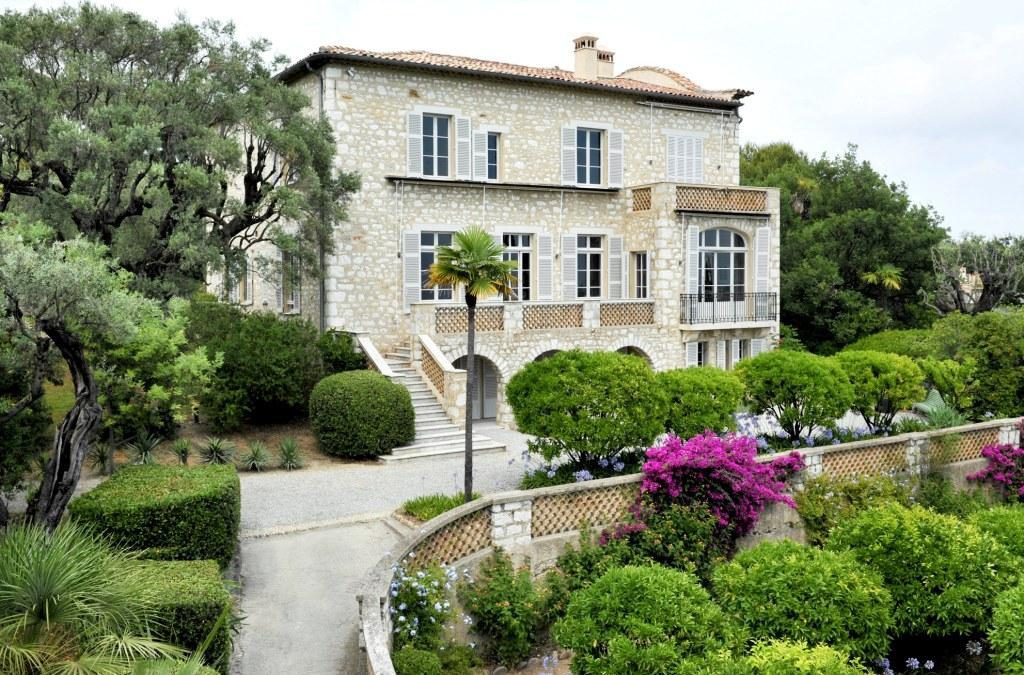Auguste Renoir, like many painters was searching for the light of Provence and the Mediterranean. While visiting Cagnes sur Mer he fell in love with a huge estate (3 hectares) planted with olive and orange trees, on a hillside facing the medieval village. Living in the small farm (19th century) with his family. The heat of the south helped to calm his pain due to arthritis that overwhelmed him since he was 56 years old.
The estate was a family style property but Madame Renoir, Aline, wanted a large modern house. They opt for a neo-Provençal style, comfort and a artist’s studio. The construction finished and Renoir settled there in 1908 with their 3 children, Pierre, Jean and Claude.
The impressionist painter then began his “period Cagnoise”, unfortunately the last, because he died there on December 3, 1919 at the age of 78 years. This period is mostly inspired by the estate. The association of “friends of the museum” cut the olive trees so that they appeared in the paintings of the painter. He received his painter and sculptor friends, including Matisse, Modigliani, Rodin, Picasso.
He not only painted but also sculpted. But Renoir suffered, his illness was deforming his hands and he could no longer walk. He had a new workshop built in the garden and was taken to work in his armchair. His models had to attach brushes to his hands and he tirelessly painted because only painting soothes him and he had many order to fulfil.
In 1919, Renoir was at his worst, painting was hell but he wanted to paint until the very end. And it is in 1918/1919 that he will painted “the bathers”, which he considers himself as the summit of his art.
His son Claude inherited the estate. He turned the “lunch on the grass” in 1959 and lived there until 1960 before the city purchased the grounds. Today Renoir’s house is available to visit. Before its renovation and refurbishment a few years ago, we felt the soul of the painter. We saw his workshop, decorations even his armchair, a pallet and a few tubes of paint were placed next to it.
Some original paintings and sculptures of the artist tell us the world of Renoir: his family, his creative spirit, his friends. You can leave your car and take a 5 minute walk to arrive at the domain of Renoir. You will stroll through the park where the olive and orange trees grow several hundred years surrounding his sculptures.
You will understand what Renoir fell in love with, either from the garden or the view of the old town and the Mediterranean from the terrace. Renoir’s house is classified as a historic monument and labeled Heritage of the 20th century. Guided tours are organized, often on Sundays and in July, a few classical concerts and if you visit the estate during the Heritage Days in mid-September you will attend a show of yesteryear: a picnic in period dress!

